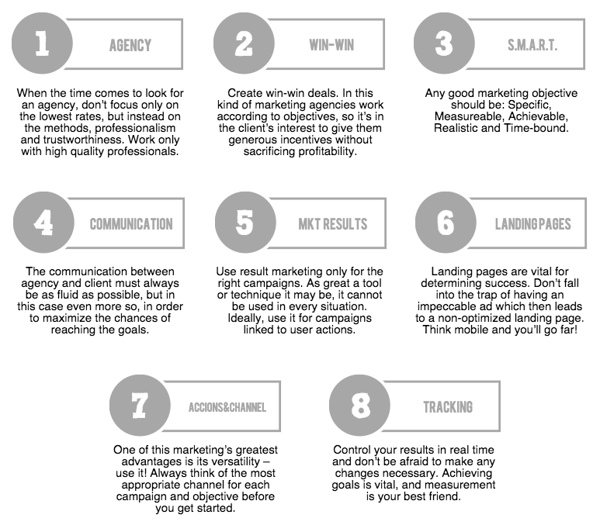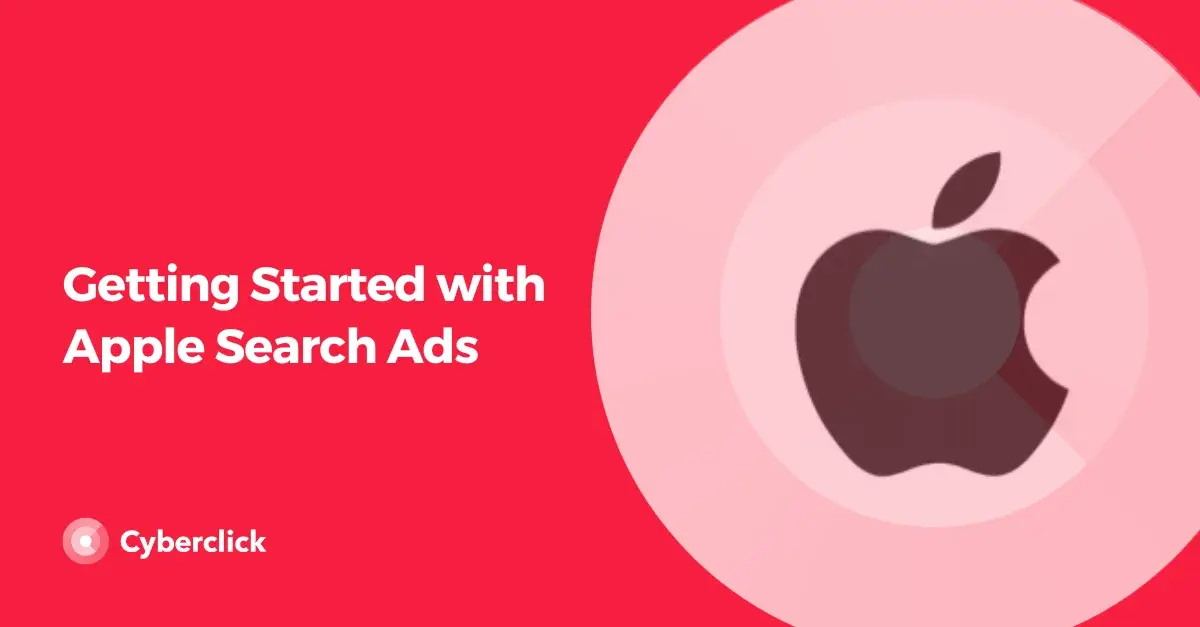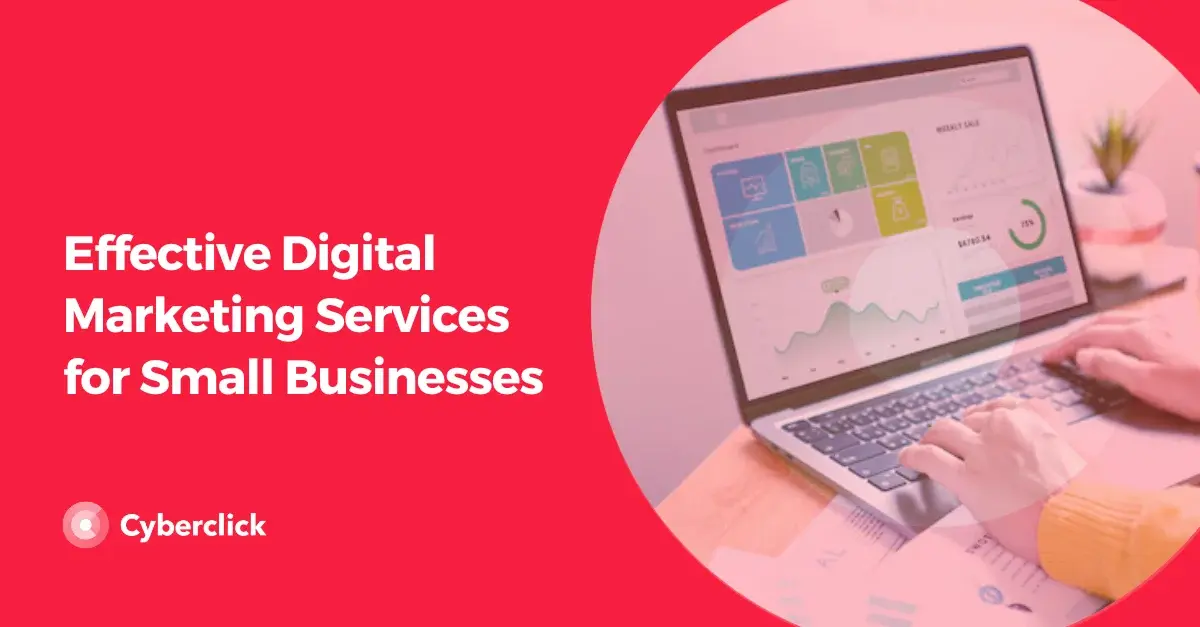In this article, we are going to explain exactly what performance marketing is, and its advantages and disadvantages for agencies and advertisers. This will help you evaluate whether this is the right strategy for you and your brand.
According to the Performance Marketing Association (which companies like Google, Yahoo!, Dell, EBay, and Amazon belong to) performance marketing is “an online marketing model in which the advertiser only pays for the results achieved.”
Our clients often seek clarity in truly understanding "what is online performance marketing?" So let's dig deeper into this concept.

What Is Performance Marketing?
Performance marketing is an online marketing strategy in which the customer only pays for the results obtained by the strategy, not the strategy itself. That is, the customer will pay more if they get better results and they won’t pay anything if the strategy or campaign has not achieved the predetermined goals. The conversions that customers typically pays for are things like downloads, leads, purchases or clicks.
For marketers, these campaigns only make sense if the goals are achievable and the scope of the project isn't too broad. Otherwise the cost for the team and the hours needed to put the campaign in motion will exceed the expected profits.
It's also important to keep in mind that these campaigns take place in digital environments (increasingly more often on mobile devices). For performance marketing to make sense, it is essential to have precise tools that track your results. For example storing information on clicks, visits, subscriptions or sales in real time. This type of marketing is aimed at getting actions from users. The goal with performance marketing is achieving measurable conversions.
People commonly confuse performance marketing and affiliate marketing, so let's clarify these terms.
Affiliate marketing is based on collaborating with companies, websites, or individuals like influencers and having them publishing advertisements and promotions. It does have a result-based payment method in like performance marketing, but performance marketing includes a range of other techniques.
Advantages of Performance Marketing
Without a doubt, one of the biggest advantages of this type of marketing is how easy it is to measuring you ROI. Although more traditional models such as CPM and CPC also offer costs related to results, their relation to sales is less clear. The only thing you know is that the ad has been shown a certain number of times, but you have no idea if it was even a real person viewing it. You may know that someone has visited your page after clicking, but this metric tells you nothing about what happens after. Has the user left the page without reading it, or did they go through to the next stage of the conversion funnel?
On the other hand, with performance marketing, you can connect the success of the campaign to goals based on conversion, such as leads or sales. This allows you to know what the real benefit of the campaign was (i.e. 1,000 sales with an average value of 50 euros or 10,000 downloads of a form with a sales possibility of 20%) and adequately evaluate the return on investment (ROI).
This also allows you to improve optimization. If you know which actions relate to which results, you can concentrate on the ones that work better and set the rest aside. Furthermore, since you can measure results in real time, you can establish regular control tests and make any necessary adjustments to a campaign.
For the advertisers, results oriented marketing brings great advantages. Firstly it eliminates the need to invest in a campaign without knowing what the results will be. The risk is minimal, as you only pay if the agreed upon results are achieved. Secondly, this type of marketing makes it possible to know the exact cost of the campaign beforehand. Thanks to these two factors, it is possible to administrate the advertising budget with greater efficiency.
From the agencie's viewpoint, this kind of marketing is an excellent opportunity to standout from the competition, offering the client a service with clear advantages, financially speaking. Moreover, these types of campaigns work in a variety of online environments like email marketing, advertising on social media, display ads, etc. They are a great opportunity to get creative and put together truly effective campaigns.
Disadvantages of Performance Marketing
For both agencies and marketers, the main disadvantage is that they assume all of the economic risk. If a campaign doesn’t meet the goals that have been set, not only do they not make a profit, but they also lose the time and resources that were invested in the campaign.
For advertisers, the biggest risk they take is that of digital fraud. According to experts like Dr. Augustine Fou, there are various digital marketing entities peddling fraudulent advertising. There have even been cases of fake agencies who hired record providers in Latin America or Asia to fake the results without, of course, generating any real conversions or earnings for the advertiser.
How to Implement Performance Marketing
Performance marketing is a very promising tool that offers opportunities for both to advertisers and agencies. Like any tool, however, you have to know how to use it. For this reason, we are sharing a few recommendations to make your campaign as efficient as possible.
- Only work with high quality professionals. When searching for an agency, don’t look only for the cheapest rates, but for the best methods, professionalism, and trustworthiness. You are investing in the health of your brand.
- Create win-win deals. With this type of marketing, agencies work according to objectives, so it is in the client’s interest to give generous incentives, without sacrificing profitability.
- Set SMART goals to maximize your chances of success. This acronym sums up the characteristics of any good marketing objective: Specific, Measurable, Achievable, Realistic and Time-bound.
- Ensure that the agency and client have the same objectives, so it’s in both their interests to work side by side. Communication channels between the two should always be open in order to maximize the chances of reaching the set goals.
- Use performance marketing only when it is appropriate. Though it can be very effective, it cannot be used in every situation. It is better to use it for campaigns closely linked to user actions (e.g. subscriptions) and not for campaigns that are more focused on awareness and branding.
- Optimize your landing pages. Like any campaign focused on conversions, landing pages are fundamental to success. Don’t fall into the trap of creating spectacular looking advertisements that lead to non-optimized landing pages.
- Choose the right actions and platforms. One of the greatest advantages of this kind of marketing is its versatility, so make the most of it! Always think of the most adequate channels for each campaign and objective before putting them into action.
- Tracking is key. Watch your results in real time and don’t be afraid to make as many changes as necessary. Achieving your goals is vital, and measurement is your best ally.

Metrics and KPIs
To develop a successful performance marketing strategy, the first step is to look at which tactics and channels you have used and what results you have gotten from each one.
The goal is not only to meet your objectives, but to do so at the lowest possible cost and with the highest possible return. To do so, you need to optimize the following elements:
- Messages
- Images
- Calls to action
- Segmentation
- Landing pages
Checklist: How to Apply Performance Marketing to Your Brand
To start optimizing your marketing efforts and maximizing your results straight away, take a look at the following tips!
- Try various options before making any decisions. Carefully measure each of your channel’s metrics and identify the highest conversion ratio to distribute your budget effectively
- Analyze your customer journey. Who knows your customers better than you do? Use this knowledge to your advantage and convert more of your visitors into clients. Pay attention to the number of conversions but also to the previous steps: where did the people who bought something click before making their purchase?
- Observe your contact points with your clients. How did they arrive at your website? If you know exactly which channel attracts most sales, you can optimize it to improve your results.
- Go multichannel. Nowadays you need to integrate all channels to be able to know what is going on with your brand. For example, receiving one of your email marketing communications can make a user post something on social media that can, in turn, bring a lead. And never forget how often users switch between desktop, phone, and tablet.
- Increase the effectiveness of your campaigns with real-time follow-ups. It is vital to know what is happening in real time. Social media monitoring and online surveys can help you achieve this.
- Explore retargeting. Retargeting is one of the key pieces to performance optimization in marketing. Customized banners and email marketing campaigns can help you maximize impact and measure results to the smallest detail, so make the most of them!
5 Examples of Performance Marketing
Now let's put theory into practice and look at 5 examples of Performance Marketing.
1. Financial Times
The Financial Times launched a risky performance marketing campaign in order to attract a larger number of young readers to the newspaper. They realized that they needed to increase ad exposure to get more conversions and concluded that the campaign should involve a combination of channels, with video being the priority. Thus, Financial Times managed to increase the number of clicks and the number of subscriptions to their newspaper.
2. Volkswagen
After studying and analyzing customer behavior, Volkswagen launched a performance marketing campaign focused on offering more personalized messages and test-drives of new carsto customers. By doing this, their cost per lead was decreased by 26% and the number of potential customers increased.
3. House of Fraser
The online fashion store, House of Fraser, is one of the most significant cases of success in performance marketing. The brand identified serious problems in their affiliate campaigns, so they decided to start working with a leading marketing agency to launch a major performance marketing strategy. They got more than 83% of participants to receive a commission for their participation. It gave more value to users and gave them a clearer idea of the role they play in the company throughout their purchases.
4. Churchill Insurance
This insurance company wanted to increase its home insurance customer base. To this end, it launched a successful campaign where it offered free coffee to all of its new customers. More than 300 sales were achieved, representing an 50% conversion increase.
5. Waitrose
This supermarket's goal was to understand how to get their different marketing channels to increase direct sales. The company could identify the real impact of each channel and take full advantage. By doping this, Waitrose was able to significantly increased revenue conversions in the three months of the campaign.
Responsable de la estrategia de contenidos y visibilidad en Cyberclick, con enfoque Allbound y especialización en posicionamiento SEO, GEO y automatización con IA. Gestión avanzada del CRM con HubSpot: base de datos, workflows, lead nurturing, scoring y reporting. Experiencia en marketing digital, comunicación corporativa y periodismo, uniendo estrategia, creatividad y tecnología para captar y convertir leads cualificados.
Responsible for content and brand visibility strategy at Cyberclick, with an Allbound approach and specialization in SEO, GEO (Generative Engine Optimization), and AI-powered automation. Advanced HubSpot CRM management: database segmentation, workflows, lead nurturing, scoring, and reporting. Background in digital marketing, corporate communications, and journalism—combining strategy, creativity, and technology to attract and convert qualified leads.





![30+ Video Marketing Statistics [2020]](https://www.cyberclick.net/hubfs/blog/30+%20Video%20Marketing%20Statistics.jpg)
Leave your comment and join the conversation